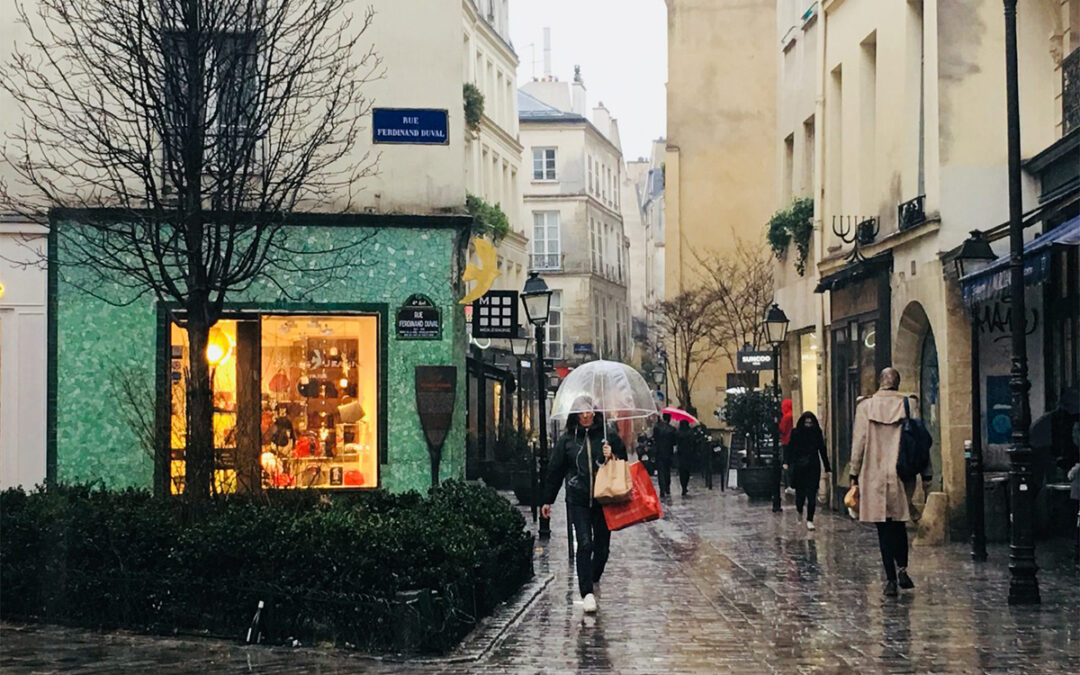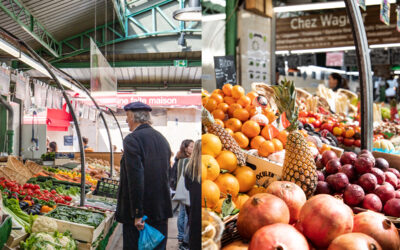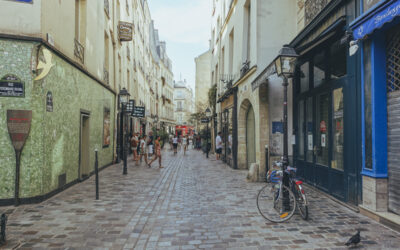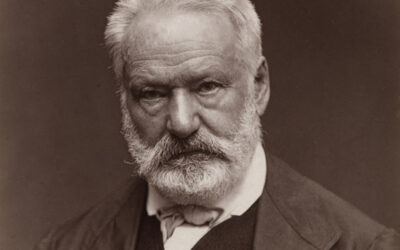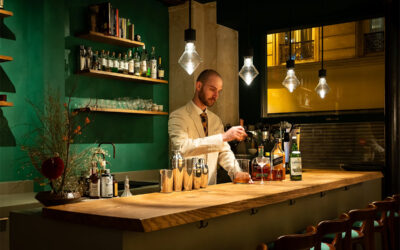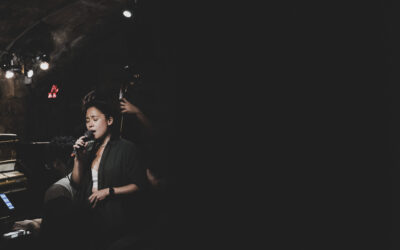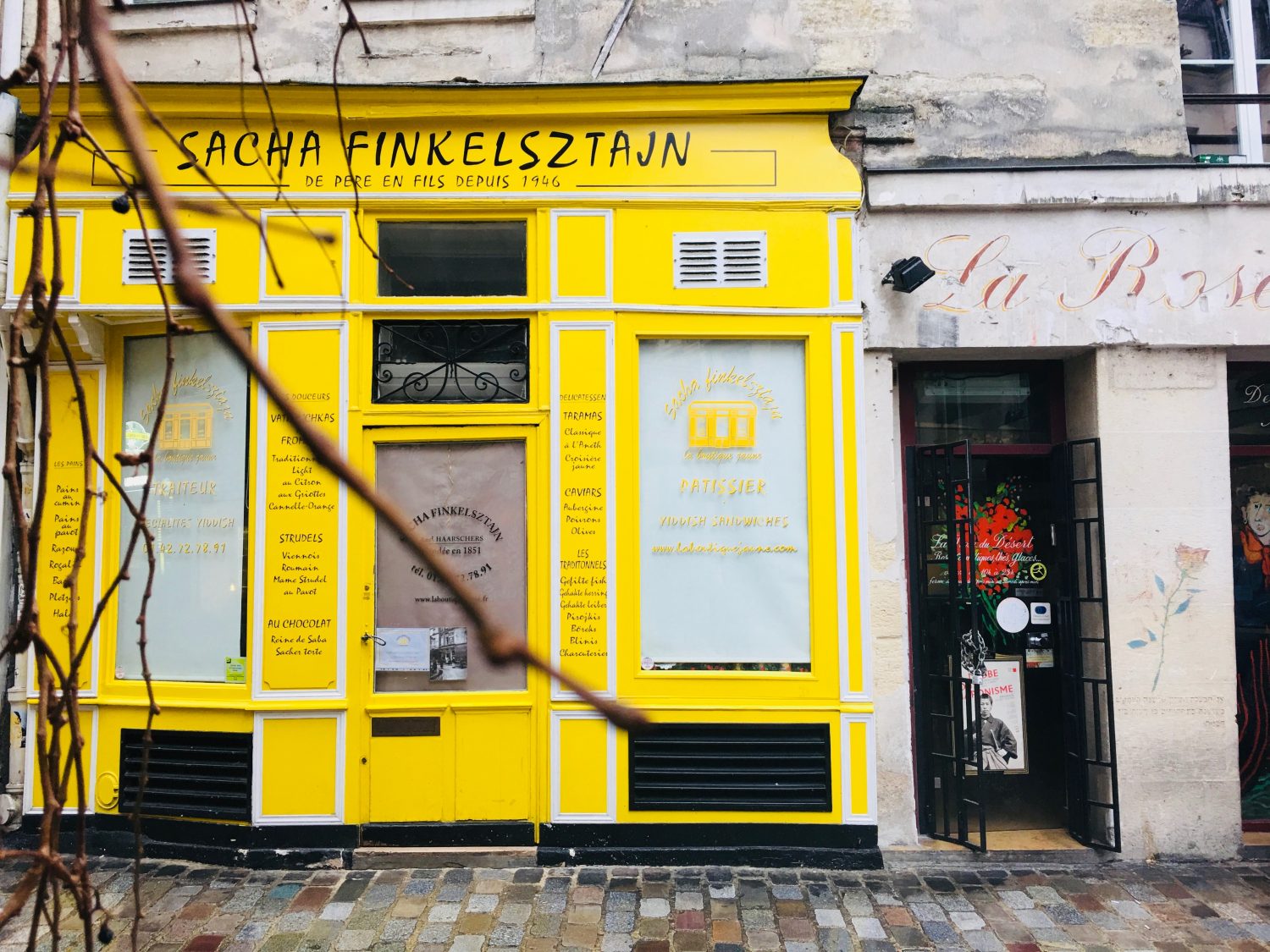
It's impossible to talk about Le Marais without thinking of the famous rue des Rosiers, one of the best known in the neighborhood. A symbol of the Jewish history of the Marais, it is located in the heart of the Pletzl (“small square” in Yiddish).
The exact location of this square remains unknown. For some, it is located at the location of the Saint-Paul metro station; for others, from rue des Francs-Bourgeois and rue de Rivoli.
In any case, this artery owes its name to the route of Philippe Auguste's surrounding wall, below which rose bushes grew.
From the XNUMXth century the Jewish community found hospitality in France and in Paris they lived in Le Marais.
As we know, France is the first country in Europe to recognize people of the Jewish faith as full citizens, granting them full civil rights.
Synagogues, religious schools and kosher businesses come together to resemble a small Shtelt (village).
Then in successive waves the Ashkenazi Jews fleeing pogroms and persecution arrived in 1881, then in 1900 until 1914 from Romania, Austria-Hungary or Russia. Once again, it is in the Marais that they anchor themselves.
The Yiddish expression “Men ist azoz wie Gott in Frankreich”, that is to say “Happy as God in France” (often translated as happy as a Jew in France) became popular.
However, Le Marais is an unsanitary neighborhood, where poverty and tuberculosis thrive. After the Second World War, entire blocks of buildings had to be destroyed.
The Marais preservation and rehabilitation plan launched by the Minister of Culture André Malraux in 1962 made it possible to save the district, which escaped destruction.
Rue des Rosiers and elsewhere, old buildings, inhabited by modest families, are restored. Not far from the Jewish quarter, the restoration of the Hôtel Salé in the 1970s, then the opening of the Picasso Museum in 1985, revitalized the district.
Meanwhile, at number 7, the terrorist attack on rue des Rosiers, perpetrated against the Goldenberg restaurant on August 9, 1982, caused the death of six people. Twenty-two others are injured. Attributed to the Palestinian terrorist movement, this massacre shocked France.
In the 1990s, sociology evolved. Grocery stores, fishmongers and bookstores are closing and being replaced by trendy ready-to-wear boutiques.
“Gentrified”, the district certainly loses a little of its soul but it still attracts tourists from all over the world. Because it preserves the memory of a Yiddish culture with its last old storefronts. Preserved, they perpetuate the memory of the neighborhood.
Moreover, it is still possible to find the best traditional dishes, such as apfel strudels (at the Finkelstajn pastry shop), hallots (braided buns for Shabba at Murciano) and falafels (The Ace of Falafel).
Resident of the neighborhood and real estate professional (Agence des Enfants Rouges), Philippe Gaudry recommends three institutions: the two butcher shops on rue des Ecouffes which face each other at numbers 6 and 7 of the street, one for its marbled meat, the other for its cold meats and of course the Marianne restaurant, famous for its Central European cuisine.
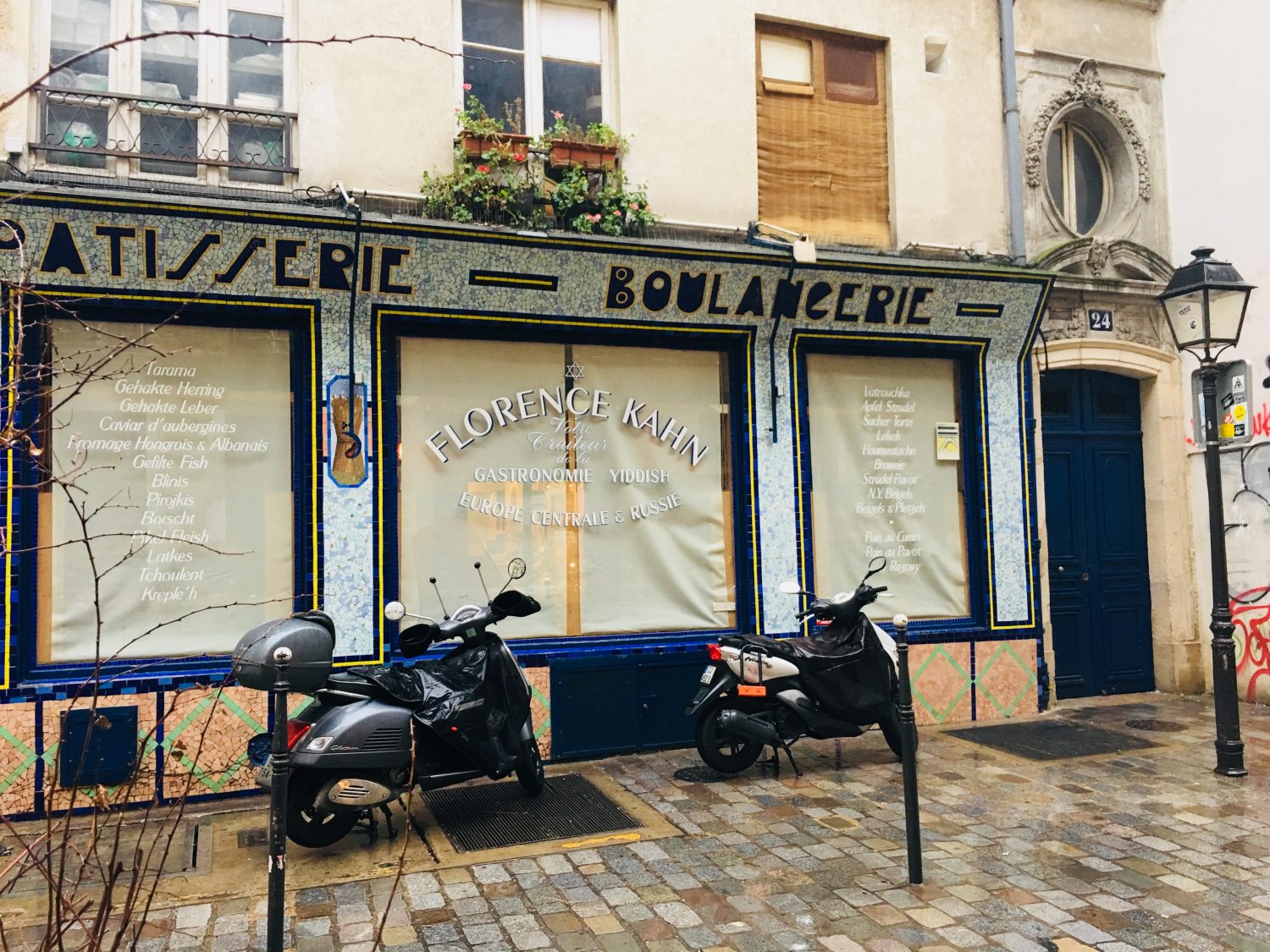
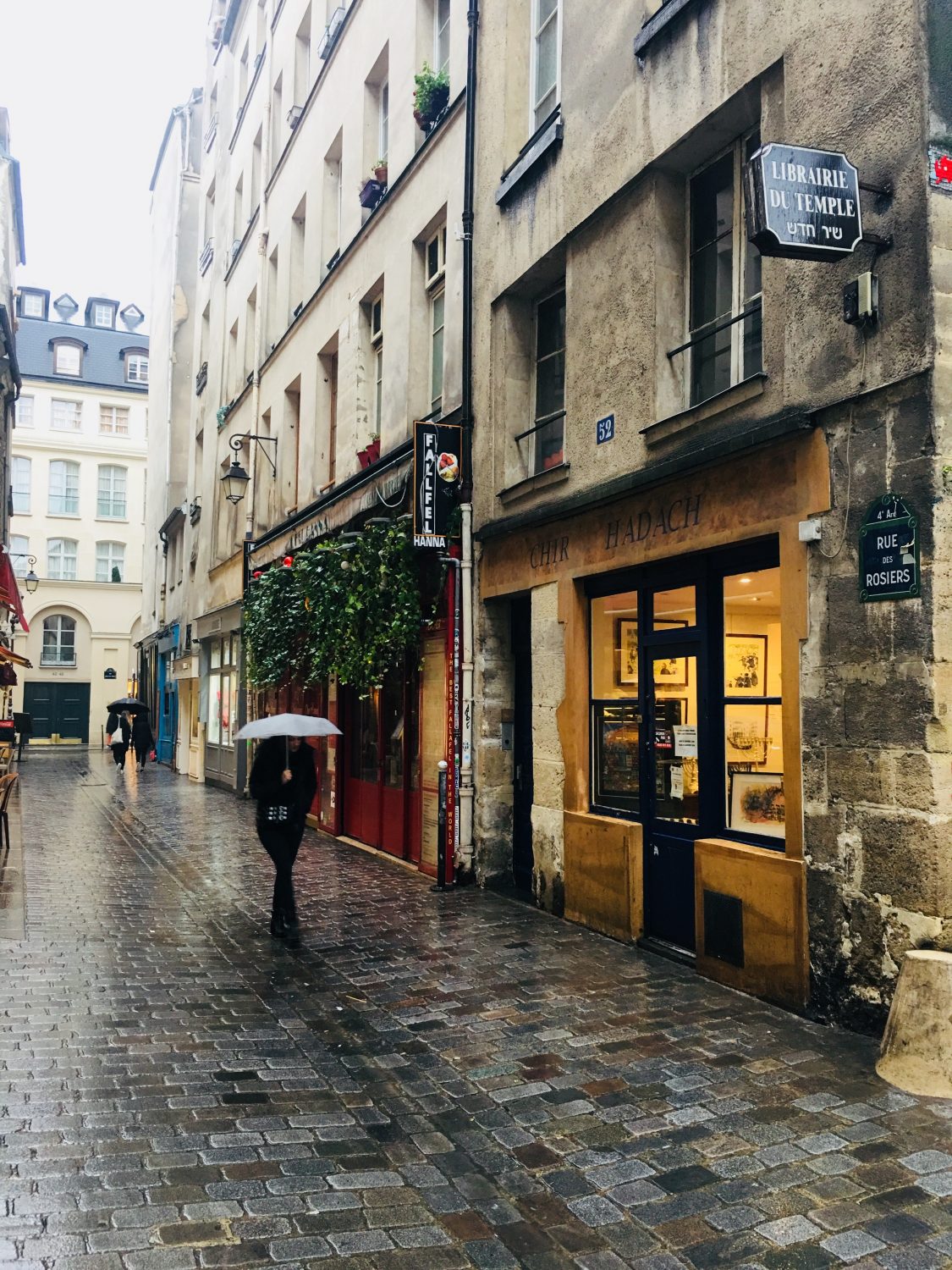
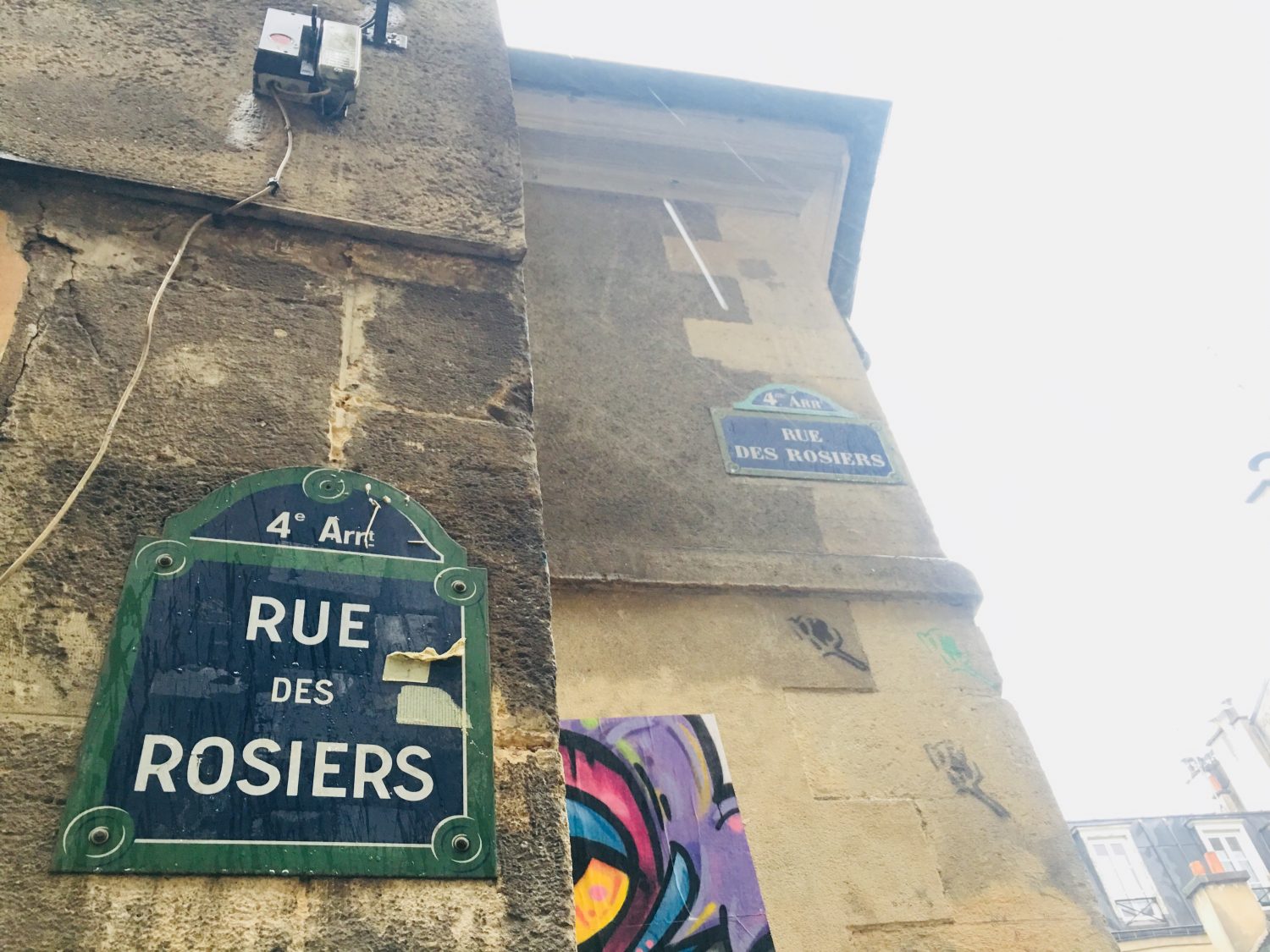
Text: Clara Mendy
Photos: ©Katia Barillot
FOR PASSIONATES OFUS
The Enfants Rouges market, everyone loves it
Restaurants, merchants, a photo store, a bookstore... This is how the Red Children's Market presents itself, unique in its kind in the Marais and its capital because it is the only one to offer such a varied and varied range of restaurants. qualitative.
The Marais Jewish quarter in Paris
From the 13th century, the Marais was home to a Jewish community which remained there until its expulsion in the 14th century. Fleeing poverty and persecution, Jews from Eastern countries and those from Alsace settled there in the 19th century. Around rue des rosiers and Place Saint-Paul renamed Pletz…
Victor Hugo, the writer with a thousand talents
Born in 1802, Victor Hugo became a social writer, a playwright, a poet, a novelist and a romantic designer. Nicknamed the man-ocean then the man-century, he is a political figure and a committed intellectual. He found success with Notre-Dame-de-Paris in 1831 and with Les Misérables in 1862.
NOW ON THE MOOD MARSH
Divine brunch at the foot of Notre-Dame
Of course, officially, it is not the Marais. But at Son de la Terre, a barge recently moored at the Montebello quay (5th), the 4th arrondissement is in sight. Moreover, this one is incredible: on one side, it is Notre-Dame flooded with sunlight; on the other, the quays, the book sellers, the walkers, the joggers.
Saka, a cocktail bar like in Tokyo
Here is an address which gives the measure of the transformation of the Marais. And it's enough to silence the grumpy people whose mantra is: “It was better before…” No, everything was not better “before” in the Marais. Besides, there was no American bar like Saka, which cultivates a form of excellence that can only be found in Japan.
Jazz at 38Riv: The highlights of May
The only jazz club in the Marais, 38Riv is the temple of cool and swing. Rue de Rivoli, between Saint-Paul and Hôtel de Ville, its vaulted cellars are the home base of the new jazz scene. Every evening, the magic happens.

